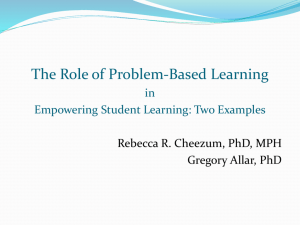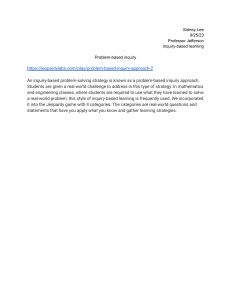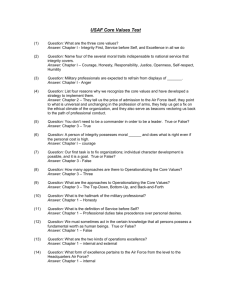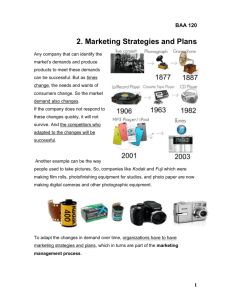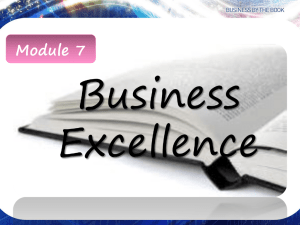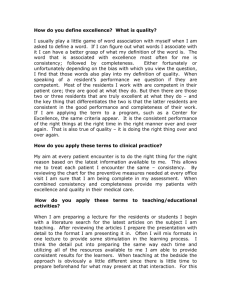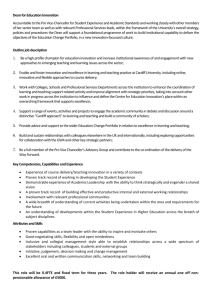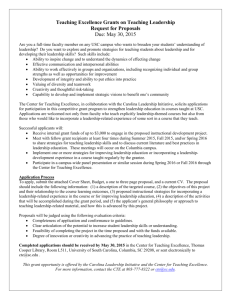Journal on Excellence in College Teaching
advertisement
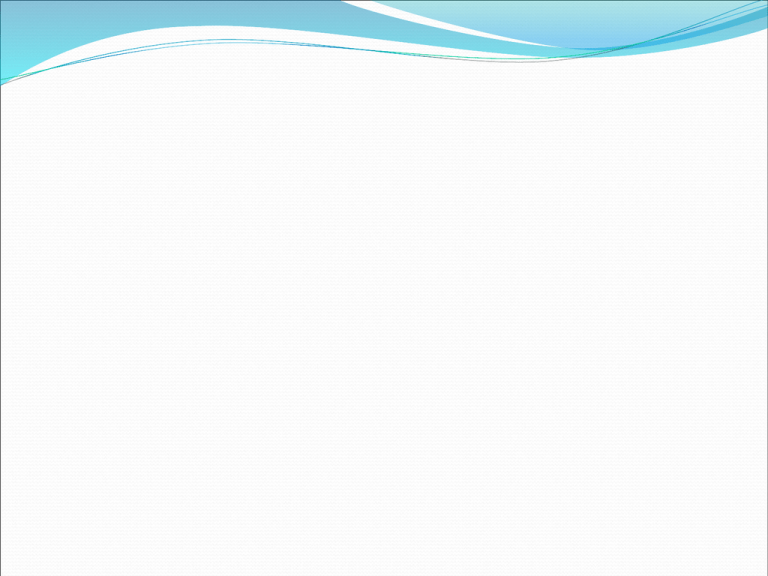
“…how people learn is as important as what they learn.” Gonzalez, j . j. (2013). “My journey with inquiry-based learning”. Journal on Excellence in College Teaching, 24(2),33-50. “If one measures teaching by what the teacher presents or "covers," then time spent on anything else than lecturing on content is, by definition, a reduction in coverage. However if one asks how to maximize student learning, then covering as much as possible is a seriously flawed approach.” Nelson, C. E. (1999). “On the persistence of unicorns: The trade-off between content and critical thinking revisited” in B. A. Pescosolido & R. Aminzade (Eds.), The social worlds of higher education (pp. 168-184). Thousand Oaks, CA: Pine Forge Press. Addressing the needs of employers “PBL is a teaching strategy that shifts the classroom focus from teaching to learning….Problem-based learning is active and applied rather than passive and absorbed.” Kurt Burch in Allen, Duch and Groh, The Power of Problem-Based Learning: A Practical ”how to” for Teaching Undergraduate Courses in Any Discipline. Stylus Publishing, LLC: Sterling, VA. 2001,p.194-95 “The problem, or perhaps the opportunity, is that students-much like faculty-do not come to our classrooms naturally predisposed to collaborate.” "…like every other teaching method, the benefits of inquiry-guided learning depend on its implementation.” Nilson, L. (2010). Teaching at its best: A research-based resources for college instructors (3,d ed.). San Francisco, CA: Jossey-Bass. Instead, they must learn how to work effectively with others, and for that to happen, faculty must establish structures and values that strengthen the students‘ commitments to each other and the goals of the course, teaching them, for example, how to "actively listen" as well as other practices that promote healthy interdependence .” Cooper, L & Mueck, R ·(1991). “Student involvement in learning: Cooperative learning and college instruction”. Journal on Excellence in College Teaching, 1, 68-76. “People seem to concentrate best when the demands on them are greater than usual. If there is too little demand on them, people are bored. If there is too much for them to handle, they get anxious. Flow occurs in that delicate zone between boredom and anxiety.” Csikzentmihalyi, M. (1996). Interview. Wired Magazine. Retrieved September 9, 2007, from http://www.wired/archieve/4.09/czik.html? “…scaffolding…, "makes the learning more tractable for students by changing complex and difficult tasks in ways that make these tasks accessible, manageable, and within students' zone of proximal development.” Hmelo-Silver, C. E., Duncan, R. G., & Chinn, C. A. (2006). “Scaffolding and achievement in problembased and inquiry learning: A response to Kirschner, Sweller, and Clark”. Educational Psychologist, 42, 99-107. Setting the Stage Define the problem! What do you already know about this problem? What is the basis for your understanding? What is the quality/reliability of these sources, i.e. print or broadcast media, popular or scholarly publications, etc.? Are you in any way biased on this issue? In your opinion what issue(s) is/are at play in this problem? What additional information is needed to solve the problem? Write down at least five (5) questions which you need addressed to help you understand the complexity of the problem/issue! How can you find this information? “There is an art to finding the right amount of guidance for an intellectual journey. Too much, and the teacher ends up with a lecture posing as “active learning.” Too little, and the students get lost, become frustrated, and make no discoveries at all. To find the right balance a teacher has to know her students well, also her subject matter.” Teaching With Your Mouth Shut Donald L. Finkel. Portsmouth, NH: Boyton/Cook Publishers, Inc. 1999. Analyzing and evaluating Spend time analyzing and evaluating your research, sources and content. What did you learn in today’s discussion? Did the new information support or refute your understanding? Based on your discussion today, what new information do you need, or on which points/issues do you need clarification? Write down at least three (3) questions which you still need addressed to help you refine and focus your understanding! How can you find this information? “…by reporting to their peers, students are able to put course content in their own voices and "actually speak the language of the discipline." Edwards, S., & Bowman, M. A. (1996). “Promoting student learning through questioning: A study of classroom questions”. Journal on Excellence in College Teaching, 7(2), 3-24. Concluding Comments Summarize the information your team found by reviewing a listing of the sources noted on your Resource document. Overall, how reliable would you categorize your sources? Based on your review, is there any other information you still need? How would you visualize your common understanding of the problem/issue? Each of us has her/his own views and interpretations. Position Paper Assessment “Usually, I will ask the students about what they have learned that seems significant to them, or how their opinions about research or the material have changed as a result of their work. I always ask them to tell me what is proving easy or difficult for them, along with any questions or suggestions they may have.” Gonzalez, j . j. (2013). “My journey with inquiry-based learning”. Journal on Excellence in College Teaching, 24(2),33-50. allar@oakland.edu
